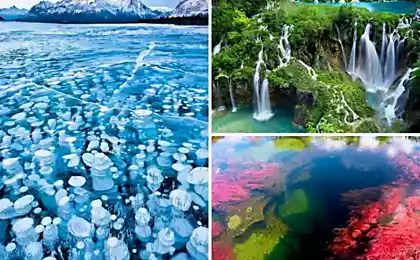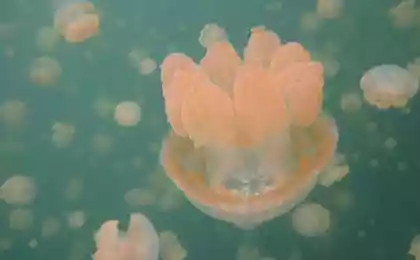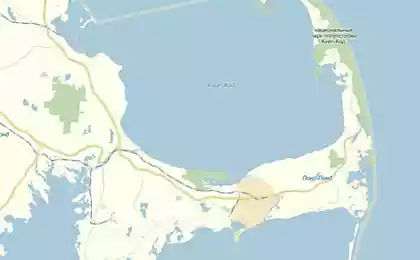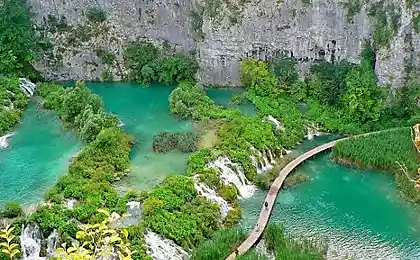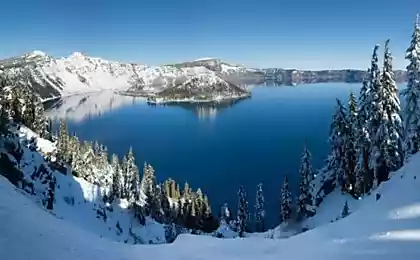672
Croatia. Plitvitskie lake.
Writes the author Dmitry Chistoprudov:
Croatia - a wonderful country, to travel along it - a pleasure.
Clean air and clean sea, a variety of nature, great views, good roads (though often paid) and severe penalties - what could be better?
Nearly ten percent of the country make up reserves and national parks.
Today we will speak about the Plitvice Lakes - National Park in Croatia, one of the most unique natural phenomena in the world.

1. First, a few photos on the way to the lakes. From the town of Porec to go to the park about 3 hours non-stop. If you stop and take pictures of all the scenic spots, then one day drive)
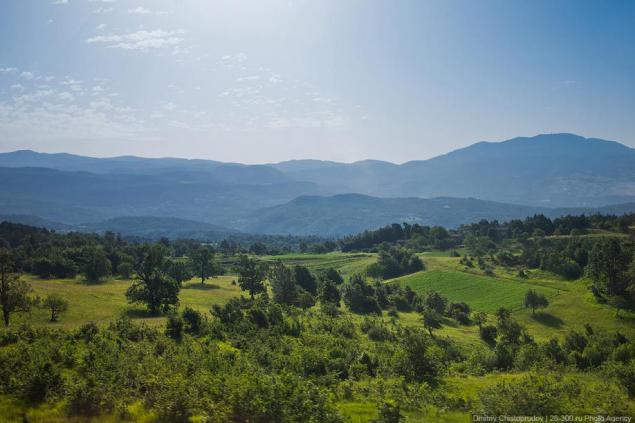
2

3

4. Adriatic Sea.

5

6
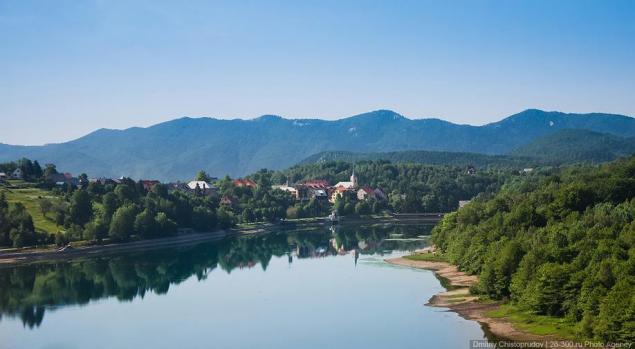
7

8. The Plitvice Lakes - sixteen interconnected lakes, cascaded to the terrace. All the lakes linked by 92 waterfalls and owe their existence to a special kind of limestone sinters.

9. The difference in height of over 130 meters. On each terrace water gushes out of hundreds of holes in the porous wall and poured over the edge, the sparkling streams of clean water flows into the lake located below.
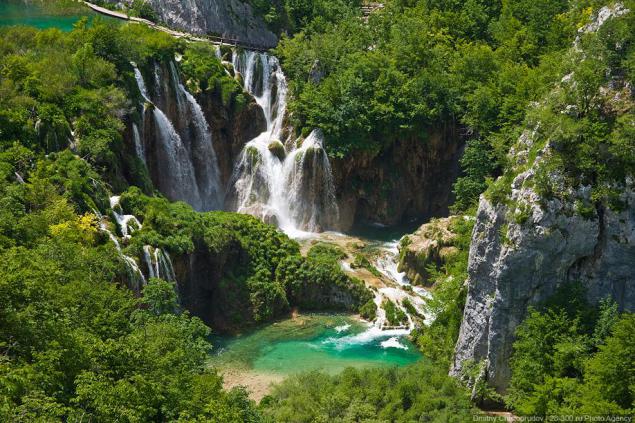
10. The water in the lakes clean. It is a pity that swimming is prohibited, as it would be possible to make a lot of beautiful underwater pictures.

11. Depending on the lighting and the amount of minerals in the water, it constantly changes color - exquisite azure, blue and green tones follow each other.

12

13. These terraces are made of travertine, a strange stone-like substance composed of limestone (it brings mountain streams), settled on algae and mosses. Travertine layers covering plants, turning them into stone, and as the point, creating bizarre shapes.

14. Plitvice lakes layer of travertine became so thick that created a natural dam. This led to the emergence of the Plitvice Lakes. Layers travertine continue to grow at a rate of approximately 1 cm per year.

15. Lake Park are rich in trout, and the dense forests are brown bears, martens, badgers, squirrels, wild cats and wild boar.

16

17. Swim on the lakes can only be on clean transport - boat with oars or electric motor.

18.
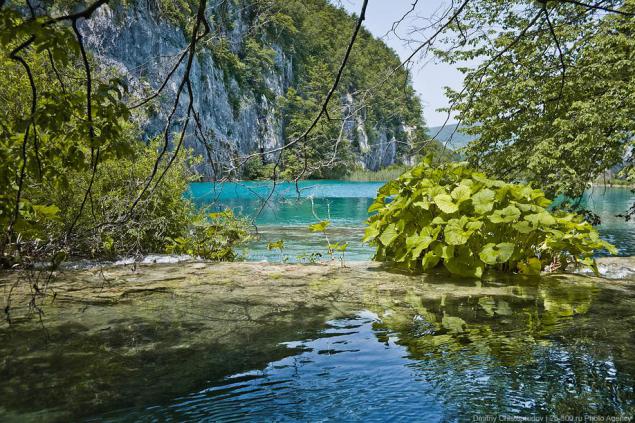
19.

20.

21.
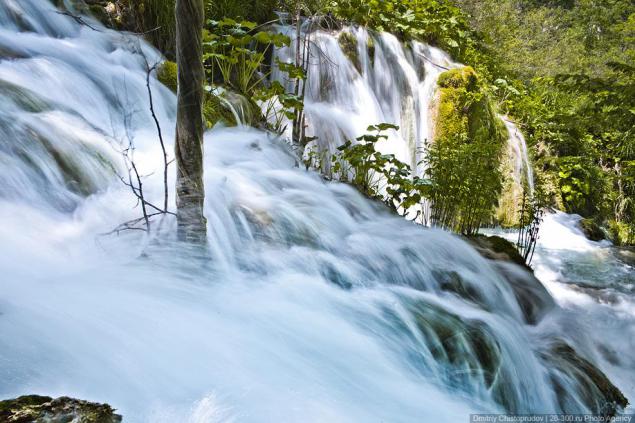
22.
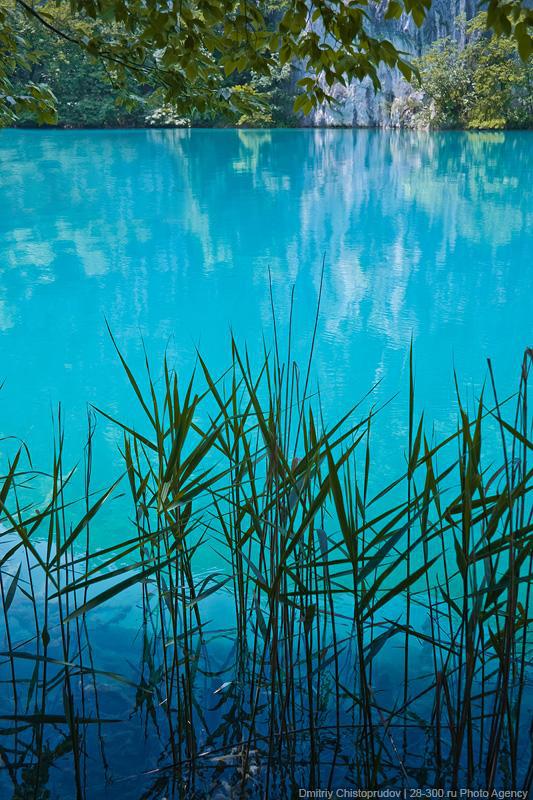
23.

24.
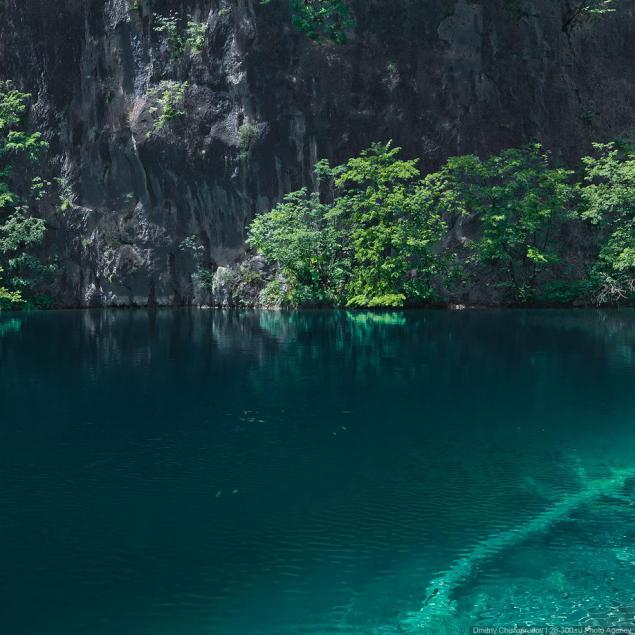
25.

26.
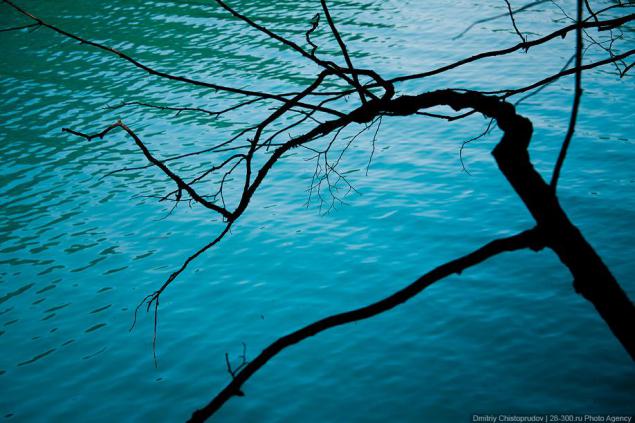
27.
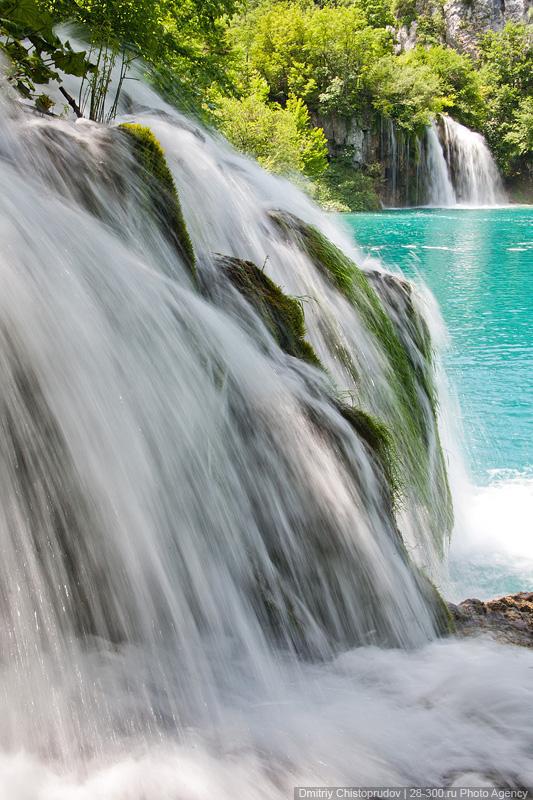
28.
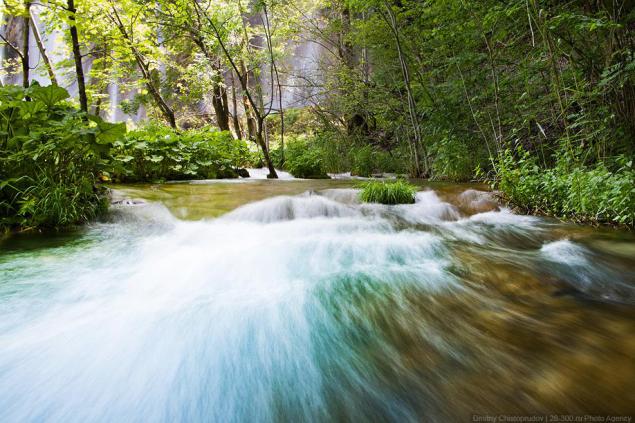
29.

30.

31.

32. If you are thinking to go to this park, it is better to visit it in the morning or in the evening. Will not that hard light, as I have in the photographs, and perhaps will be less tourists who badly hampered.
It is also advisable to carry a tripod and ND filter to increase the exposure.
In winter, there is probably all a fairy tale!
via
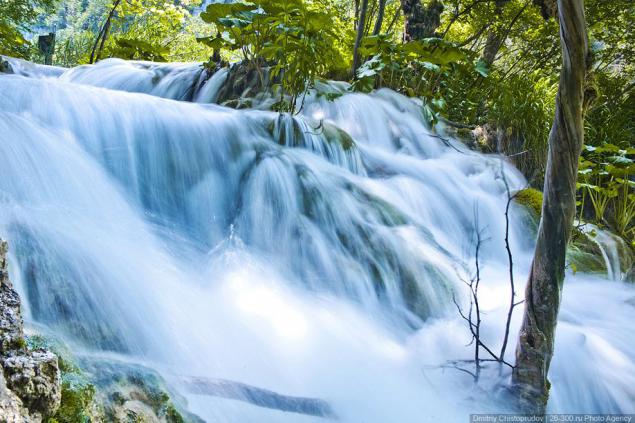
Source:
Croatia - a wonderful country, to travel along it - a pleasure.
Clean air and clean sea, a variety of nature, great views, good roads (though often paid) and severe penalties - what could be better?
Nearly ten percent of the country make up reserves and national parks.
Today we will speak about the Plitvice Lakes - National Park in Croatia, one of the most unique natural phenomena in the world.

1. First, a few photos on the way to the lakes. From the town of Porec to go to the park about 3 hours non-stop. If you stop and take pictures of all the scenic spots, then one day drive)

2

3

4. Adriatic Sea.

5

6

7

8. The Plitvice Lakes - sixteen interconnected lakes, cascaded to the terrace. All the lakes linked by 92 waterfalls and owe their existence to a special kind of limestone sinters.

9. The difference in height of over 130 meters. On each terrace water gushes out of hundreds of holes in the porous wall and poured over the edge, the sparkling streams of clean water flows into the lake located below.

10. The water in the lakes clean. It is a pity that swimming is prohibited, as it would be possible to make a lot of beautiful underwater pictures.

11. Depending on the lighting and the amount of minerals in the water, it constantly changes color - exquisite azure, blue and green tones follow each other.

12

13. These terraces are made of travertine, a strange stone-like substance composed of limestone (it brings mountain streams), settled on algae and mosses. Travertine layers covering plants, turning them into stone, and as the point, creating bizarre shapes.

14. Plitvice lakes layer of travertine became so thick that created a natural dam. This led to the emergence of the Plitvice Lakes. Layers travertine continue to grow at a rate of approximately 1 cm per year.

15. Lake Park are rich in trout, and the dense forests are brown bears, martens, badgers, squirrels, wild cats and wild boar.

16

17. Swim on the lakes can only be on clean transport - boat with oars or electric motor.

18.

19.

20.

21.

22.

23.

24.

25.

26.

27.

28.

29.

30.

31.

32. If you are thinking to go to this park, it is better to visit it in the morning or in the evening. Will not that hard light, as I have in the photographs, and perhaps will be less tourists who badly hampered.
It is also advisable to carry a tripod and ND filter to increase the exposure.
In winter, there is probably all a fairy tale!
via

Source:






